
London Symphony Orchestra, Aaron Copland – Copland: Symphony No. 3 (1958/2013)
FLAC (tracks) 24 bit/192 kHz | Time – 40:19 minutes | 1,44 GB | Genre: Classical
Studio Masters, Official Digital Download | Front Cover | © Everest
Aaron Copland composed his Third Symphony on a commission from the Koussevitzky Music Foundation. He formulated initial plans for it in 1943, but actual work on the symphony was not begun until August, 1944, while he was staying in a little village in Mexico. The symphony was completed on September 29, 1946, barely in time for its premiere by Serge Koussevitzky and the Boston Symphony Orchestra on October 18 of that year. The score bears a dedication “To the memory of my dear friend Natalie Koussevitzky.”
For the Boston premiere of the Third Symphony, Copland provided the following annotation:
“Inevitably the writing of a symphony brings with it the question of what it is meant to express. I suppose if I forced myself I could invent an ideological basis for my symphony. But if I did, I’d be bluffing – or, at any rate, adding something ex post facto, something that might or might not be true, but which played no role at the moment of creation. Harold Clurman put my meaning well when he wrote recently that music is a reflection of and response to specific worlds of men; it is play, it is speech, it is unconscious result and conscious statement all at the same time.’ Anything more specific than that in relation to so-called absolute music is suspect. In other words – to use a well worn phrase – I prefer to let the music ‘speak for itself.’
One aspect of the Symphony ought to be pointed out: it contains no folk or popular material. During the late twenties it was customary to pigeon-hole me as a composer of symphonic jazz, with emphasis on the jazz. More recently I have been catalogued as a folklorist and purveyor of Americana. Any reference to jazz or folk material in this work is purely unconscious.”
In the light of the foregoing statement, it would seem, upon listening to the symphony, that it is full of unconscious references, not necessarily to jazz or folk material but most certainly to that characteristically American quality of Copland’s melodic line which predominates his ballet and film scores.
After all, his Short Symphony – which he considers his Second – and his Third Symphony were separated by a span of some thirteen years, during which period Copland wrote the orchestral music by which he is best known today: El Salon Mexico; An Outdoor Overture; Quiet City; A Lincoln Portrait; Danzón Cubano; music for the films Of Mice and Men and Our Town, and the ballets Billy the Kid, Rodeo and Appalachian Spring. The last-named work, in fact, immediately preceded the Third Symphony, and it is the spirit rather than the letter of this ballet score that is most predominant in certain pages of the symphony.
The Third Symphony, which received an award from the New York Music Critics Circle as the best new American orchestral work performed in New York during the 1946-47 season, is scored for a rather large orchestra. It comprises three flutes, piccolo, two oboes, English horn, two clarinets, E flat clarinet, bass clarinet, two bassoons, contra-bassoon, four horns, four trumpets, three trombones, tuba, kettledrums, assorted percussion, celesta, piano, two harps and strings.
In his notes for the Boston Symphony, already quoted, the composer gives a fairly detailed analysis of the Third Symphony, excerpts from which follow:
“I. Molto moderato: The opening movement, which is broad and expressive in character, opens and closes in the key of E major. (Formally it bears no relation to the sonata-allegro with which symphonies usually begin.) The themes – three in number – are plainly stated: the first in the strings, at the very start without introduction; the second in related mood in violas and oboes; the third, of a bolder nature, in the trombones and horns. The general form is that of an arch, in which the central portion is more animated, and the final section, an extended coda, presenting a broadened version of the opening material. Both first and third themes are referred to again in later movements of the Symphony.
“II. Allegro molto: The form of this movement stays closer to the normal symphonic procedure. It is the usual scherzo, with first part, trio, and return. A brass introduction leads to the main theme, which is stated three times in part I. … After the climax is reached, the trio follows without pause …. The re-capitulation of part I is not literal. The principal theme of the scherzo returns in a somewhat disguised form in the solo piano, leading … to a full restatement in the tutti orchestra. This is climaxed by a return to the lyrical trio theme, this time sung in canon and in fortissimo by the entire orchestra.
“III. Andantino quasi allegretto: The third movement is freest of all in formal structure. Although it is built up sectionally, the various sections are intended to emerge one from the other in continuous flow, somewhat in the manner of a closely-knit series of variations. The opening section, however, plays no role other than that of introducing the main body of the movement. High up in the unaccompanied first violins is heard a rhythmically transformed version of the third (trombone) theme of the first movement of the Symphony …. A new and more tonal theme is introduced in the solo flute. This is the melody that supplies the thematic substance for the sectional metamorphoses that follow. ….
“IV. Molto deliberato (Fanfare) =Allegro risoluto: The final movement follows without pause. It is the longest movement of the Symphony, and closest in structure to the customary sonata-allegro form. The opening fanfare is based on Fanfare for the Common Man, which I composed in 1942, at the invitation of Eugene Goossens for a series of wartime fanfares introduced under his direction by the Cincinnati Symphony …. The fanfare serves as preparation for the main body of the movement which follows. The components of the usual form are there: a first theme in animated sixteenth-note motion; a second theme broader and more songlike in character; a full-blown development and a refashioned return to the earlier material of the movement, leading to a peroration. One curious feature of the movement consists in the fact that the second theme is to be found imbedded in the development section instead of being in its customary place …. The Symphony concludes on a massive restatement of the opening phrase with which the entire work began.”
Tracklist:
01. London Symphony Orchestra, Aaron Copland – Symphony No. 3: I. Molto moderato (09:30)
02. London Symphony Orchestra, Aaron Copland – Symphony No. 3: II. Allegro molto (08:14)
03. London Symphony Orchestra, Aaron Copland – Symphony No. 3: III. Andantino quasi allegretto (09:54)
04. London Symphony Orchestra, Aaron Copland – Symphony No. 3: IV. Molto deliberato (Fanfare) – Allegro risoluto (12:39)
Personnel:
London Symphony Orchestra
Aaron Copland, Conductor
Download:
https://hexload.com/rupq9vu8hutw/C0plandSymph0nyN0.3L0nd0nSymph0ny0rchestraAar0nC0pland195819224.part1.rar
https://hexload.com/l7eqmlorjz06/C0plandSymph0nyN0.3L0nd0nSymph0ny0rchestraAar0nC0pland195819224.part2.rar
https://xubster.com/4hkpcyer1fki/C0plandSymph0nyN0.3L0nd0nSymph0ny0rchestraAar0nC0pland195819224.part1.rar.html
https://xubster.com/z4pz9nw58wdq/C0plandSymph0nyN0.3L0nd0nSymph0ny0rchestraAar0nC0pland195819224.part2.rar.html


























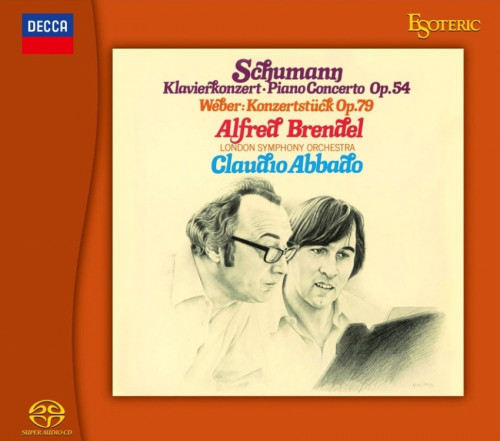
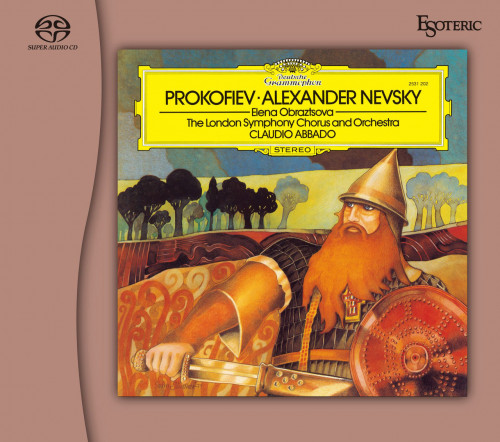
![London Symphony Orchestra & Sir Simon Rattle – Britten: Spring Symphony, Sinfonia da Requiem, The Young Person’s Guide to the Orchestra (2024) [Official Digital Download 24bit/96kHz]](https://imghd.xyz/images/2024/04/18/cd9e1tfo05kba_600.jpg)
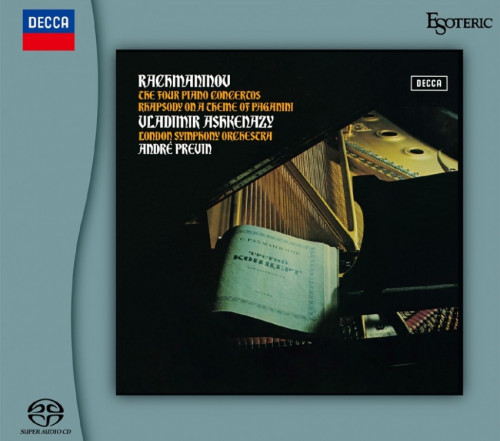
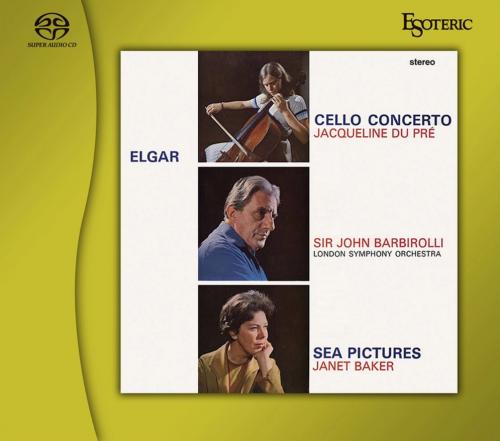
![Peter Katin, London Symphony Orchestra, Sir Eugene Goossens – Schumann: Piano Concerto & Franck: Variations Symphoniques (1959/2013) [Official Digital Download 24bit/192kHz]](https://imghd.xyz/images/2022/10/26/0848033023791_600.jpg)
![London Symphony Orchestra & Gianandrea Noseda – Prokofiev: Symphony No. 3 (2024) [Official Digital Download 24bit/192kHz]](https://imghd.xyz/images/2024/03/08/sfkz2204wmxfa_600.jpg)
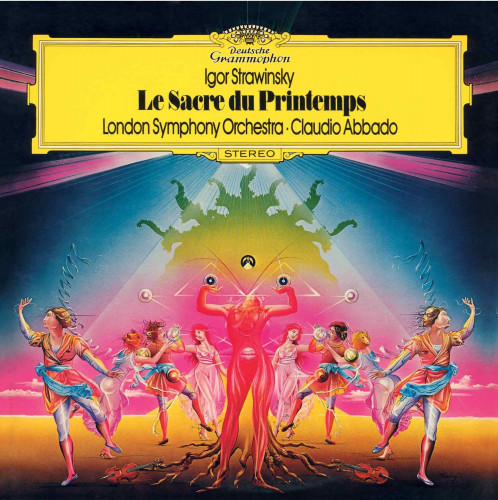
![Amanda Majeski, Simon ONeill, Katarina Dalayman, London Symphony Orchestra & Sir Simon Rattle – Janáček: Katya Kabanova (2024) [Official Digital Download 24bit/192kHz]](https://imghd.xyz/images/2024/02/22/mzsdvg2shskja_600.jpg)
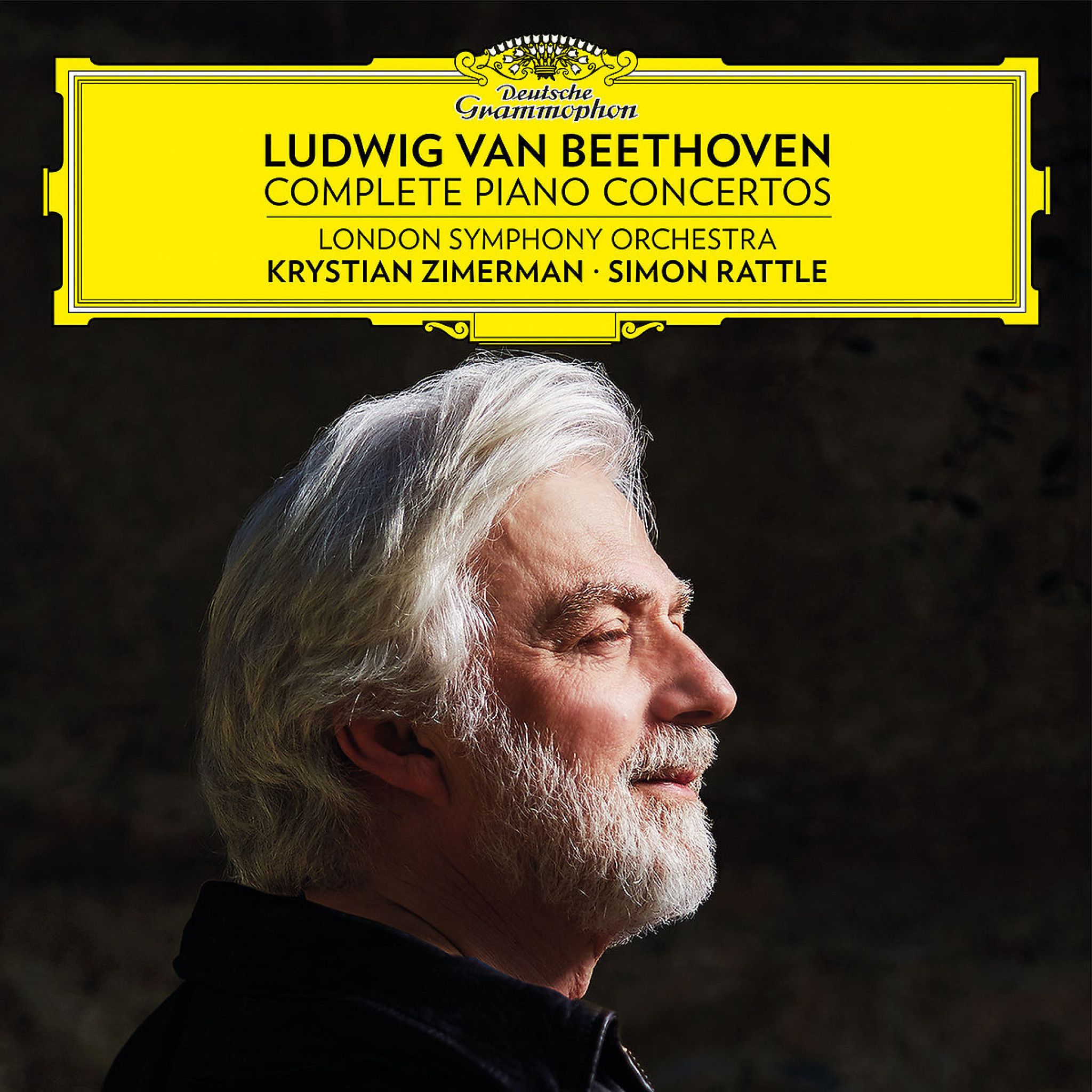
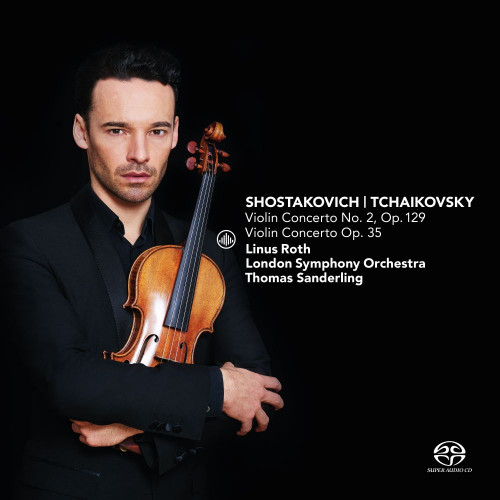
![Arthur Grumiaux, Sir Colin Davis & London Symphony Orchestra – Mozart: The 5 Violin Concertos by Arthur Grumiaux (2024) [Official Digital Download 24bit/96kHz]](https://imghd.xyz/images/2024/01/25/zbqoqjjbbxqta_600.jpg)
![London Symphony Orchestra, Sir Eugene Goossens – Stravinsky: Petrouchka, Ballet Suite in 4 scenes for orchestra (1959/2013) [Official Digital Download 24bit/192kHz]](https://imghd.xyz/images/2022/08/08/0848033016199_600.jpg)
![London Symphony Orchestra, Sir Eugene Goossens – Tchaikovsky: Manfred Symphony (1959/2013) [Official Digital Download 24bit/192kHz]](https://imghd.xyz/images/2022/06/07/0848033023760_600.jpg)
![London Symphony Orchestra, Eugene Goossens – Rimsky-Korsakov: Scheherazade (1960/2013) [Official Digital Download 24bit/192kHz]](https://imghd.xyz/images/2022/10/15/0848033016168_600.jpg)
![London Symphony Orchestra, Claudio Abbado – Rossini: Overtures (1975/2023) [Official Digital Download 24bit/192kHz]](https://imghd.xyz/images/2023/06/19/cvzhb53ynxdcb_600.jpg)
![London Voices, London Symphony Orchestra, Marin Alsop – Amanda Lee Falkenberg: The Moons Symphony (2022) [Official Digital Download 24bit/48kHz]](https://imghd.xyz/images/2022/12/09/m7c2dnupytbda_600.jpg)
![London Symphony Orchestra, Bernard Haitink – Brahms: Symphonies Nos 1-4 (2022) [Official Digital Download 24bit/96kHz]](https://imghd.xyz/images/2022/10/15/00944e93.jpg)
![London Symphony Orchestra, Sir Eugene Goossens – Rachmaninoff: Symphonic Dances, Op. 45 – Berlioz: Symphonie fantastique, Op. 14, H. 48 (Remastered 2022) (2022) [Official Digital Download 24bit/96kHz]](https://imghd.xyz/images/2022/12/08/dv1a98olclb0b_600.jpg)
![London Symphony Orchestra, Miran Vaupotić – Sparks: Eye of London (2022) [Official Digital Download 24bit/96kHz]](https://imghd.xyz/images/2022/12/08/uxkqyb00c0zqb_600.jpg)
![London Symphony Orchestra, Peter Boyer – Peter Boyer: Balance of Power & Other Orchestral Works (2022) [Official Digital Download 24bit/96kHz]](https://imghd.xyz/images/2022/09/05/fix28ogi9clqc_600.jpg)
![London Symphony Orchestra, Sir Simon Rattle – Bruckner: Symphony No. 4 (2022) [Official Digital Download 24bit/192kHz]](https://imghd.xyz/images/2022/12/08/j9ivxyvuu0p0b_600.jpg)
![London Symphony Orchestra, Gianandrea Noseda – Tchaikovsky: Symphony No. 5 – Rimsky-Korsakov: Kitezh Suite (2022) [Official Digital Download 24bit/192kHz]](https://imghd.xyz/images/2022/12/08/o1f3r727d46db_600.jpg)
![London Symphony Orchestra, Leopold Ludwig – Richard Strauss: Ein Heldenleben (A Hero’s Life), Op. 40 (1959/2013) [Official Digital Download 24bit/192kHz]](https://imghd.xyz/images/2022/08/08/0848033016229_600.jpg)
![London Symphony Orchestra, Yannick Nézet-Séguin, Bradley Cooper – Maestro: Music by Leonard Bernstein (2023) [Official Digital Download 24bit/48kHz]](https://imghd.xyz/images/2023/12/03/sq0vva1hwfara_600.jpg)
![London Symphony Orchestra & Gianandrea Noseda – Prokofiev: Symphony No. 5 (2023) [Official Digital Download 24bit/192kHz]](https://imghd.xyz/images/2023/11/29/ty4y5ra4xbqxc_600.jpg)
![London Symphony Orchestra – Lerner & Loewe: My Fair Lady (1987/2023) [Official Digital Download 24bit/48kHz]](https://imghd.xyz/images/2023/11/26/l83ckcrnc0ovc_600.jpg)